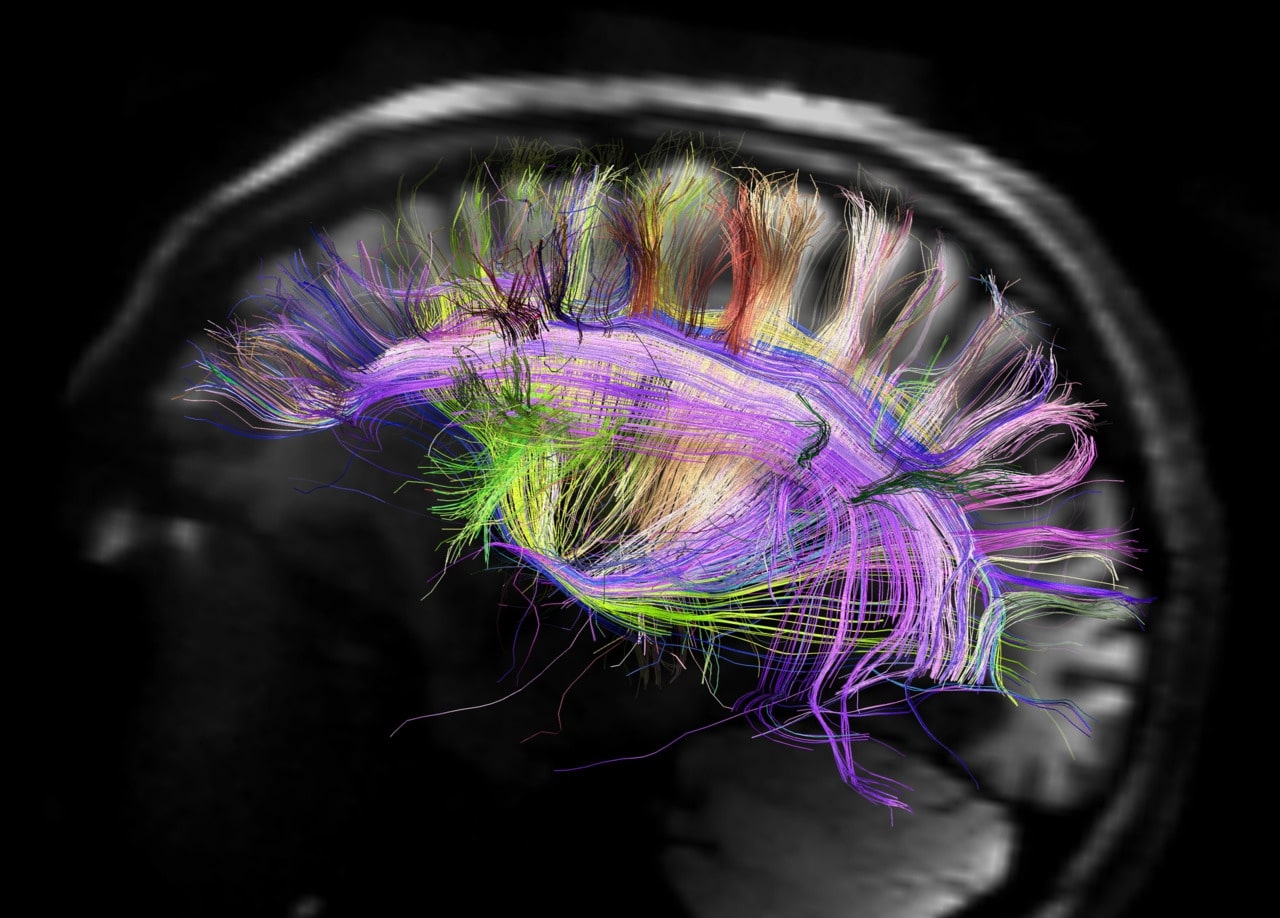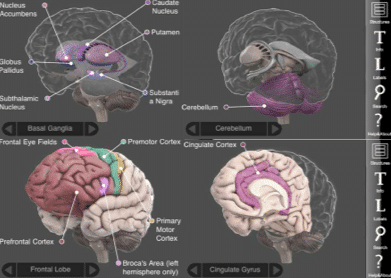Body Movement Selectively Shapes the Neural Representation of Musical Rhythms
Exciting research study from the Institute of Neuroscience, System and Cognition Department, the Universite Catholique de Louvain, and the International Laboratory for Brain, Music and Sound Research. This study highlights the differences in brain responses (as measured by electroencephalography) before, during and after participants were moving to a rhythm.








